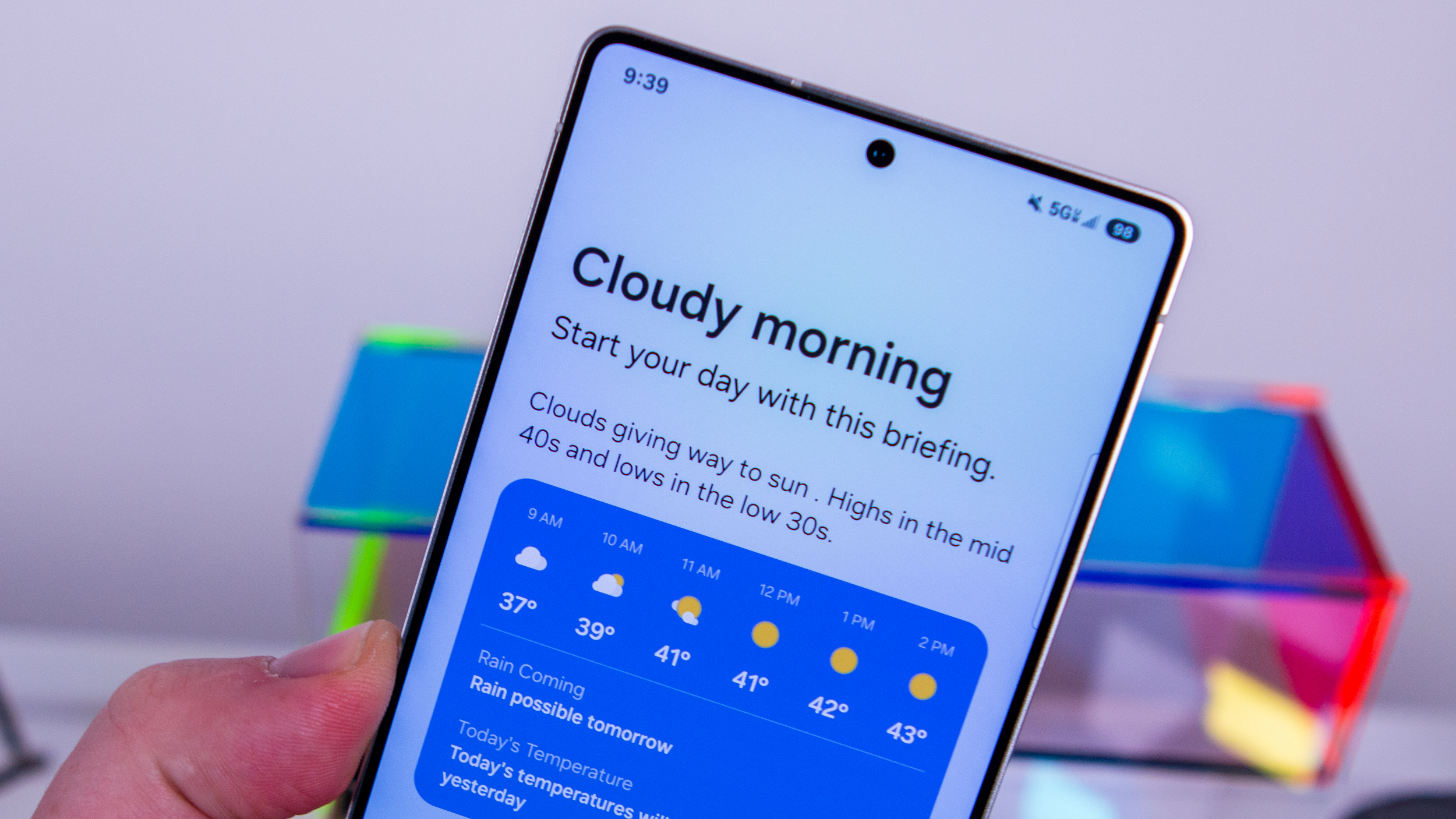Redmi Y3 + Redmi 7 preview: Mastering the entry-level segment
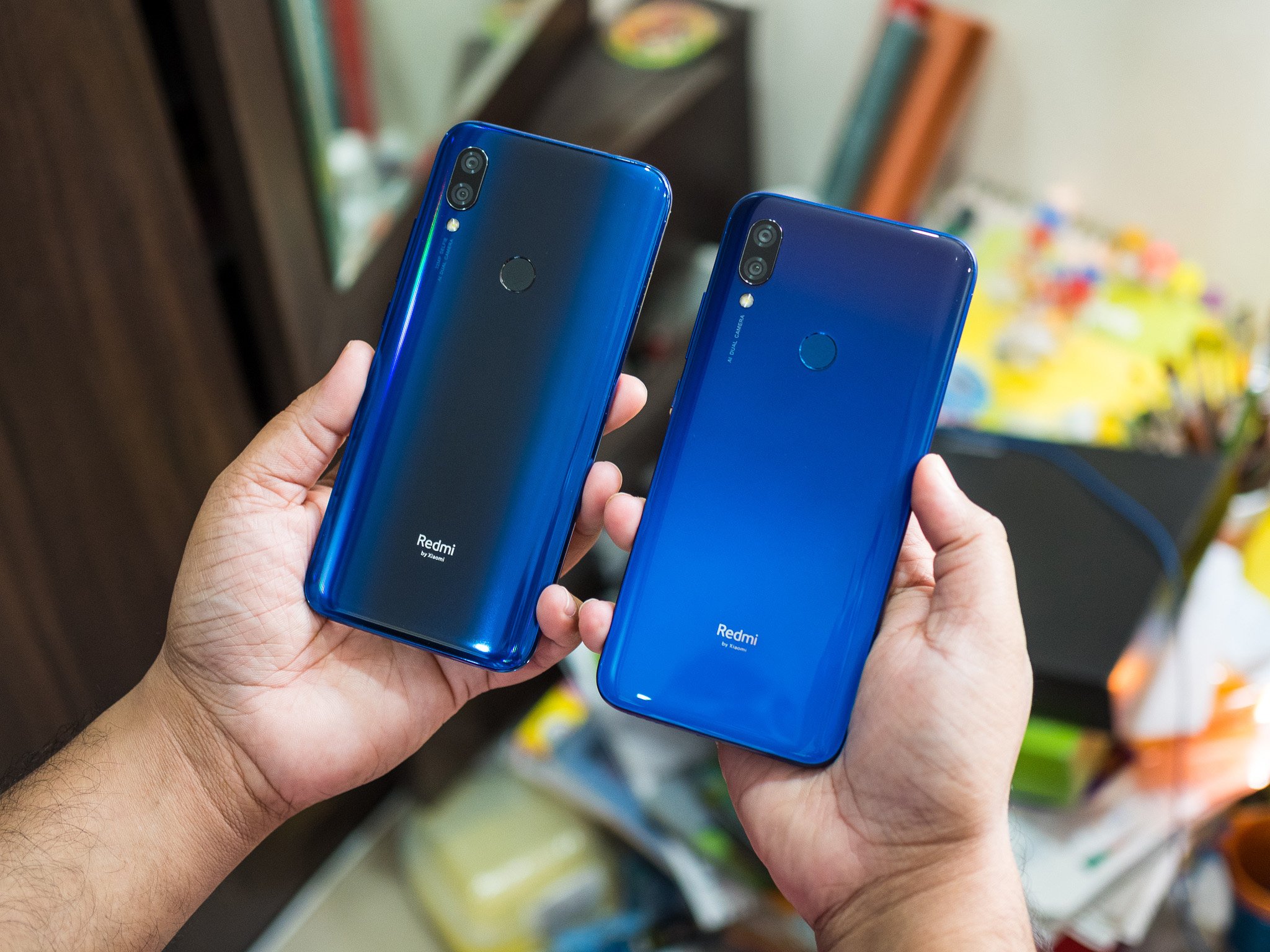
Xiaomi is in a commanding position in India, so it doesn't really need to make a lot of changes to its budget strategy. All the Redmi devices the brand released last year went on to sell millions of units, with the Redmi 5A one of the best-selling phones globally. But for 2019, Xiaomi is overhauling its entry-level Redmi series with gorgeous new color options and beefier hardware. Like the Redmi Note 7 Pro, this is the biggest update to the entry-level Redmi series we've seen so far.
Xiaomi is launching the Redmi Y3 and the Redmi 7 simultaneously. There's a good reason for this, as both phone share near-identical hardware. The Redmi 7 is still catered to a mainstream audience looking for a stellar entry-level phone, and the Redmi Y3 is targeted at younger users that want a strong front camera. To that effect, the Redmi Y3 features a 32MP shooter up front, one of the highest-resolution modules available in the market today.
Xiaomi says the Redmi Y3 is designed for content creators, with the 32MP front camera featuring EIS and the ability to record 1080p video. The Redmi 7, meanwhile, has an 8MP front shooter. The front camera sensor is the only point of differentiation when it comes to the hardware between both phones.
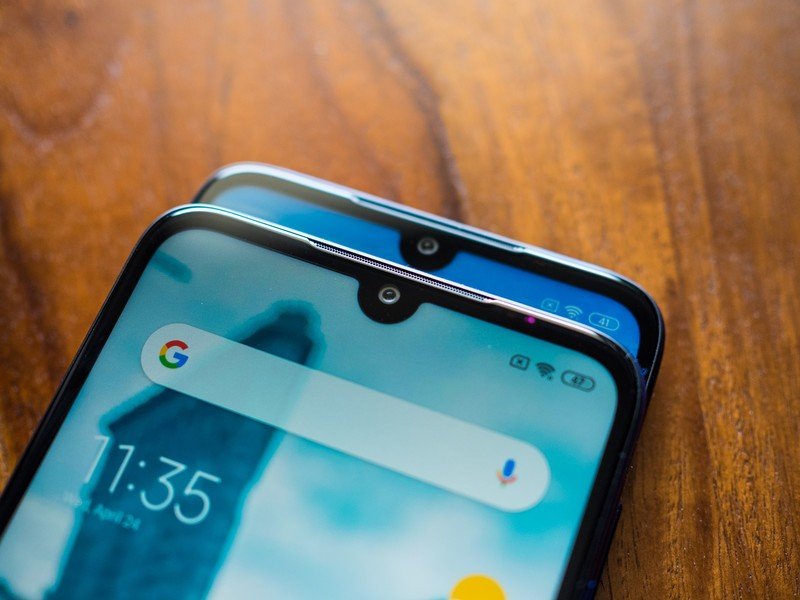
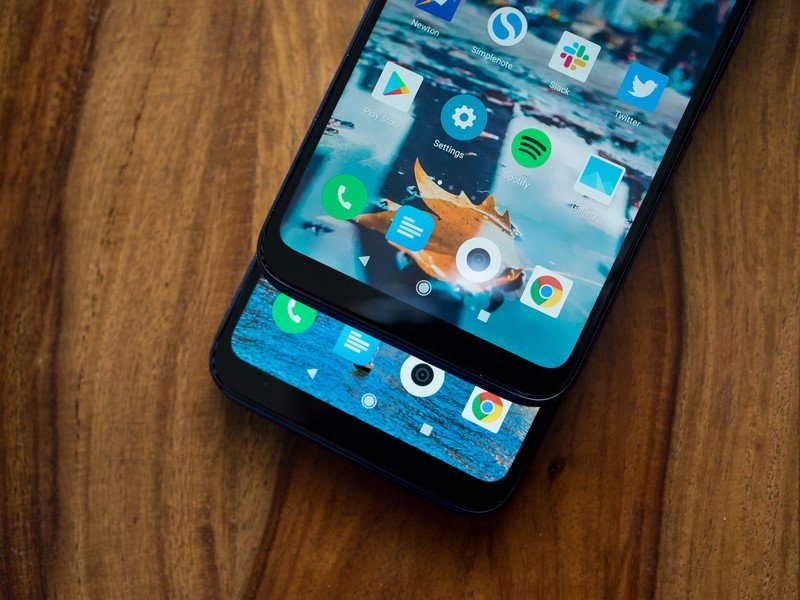
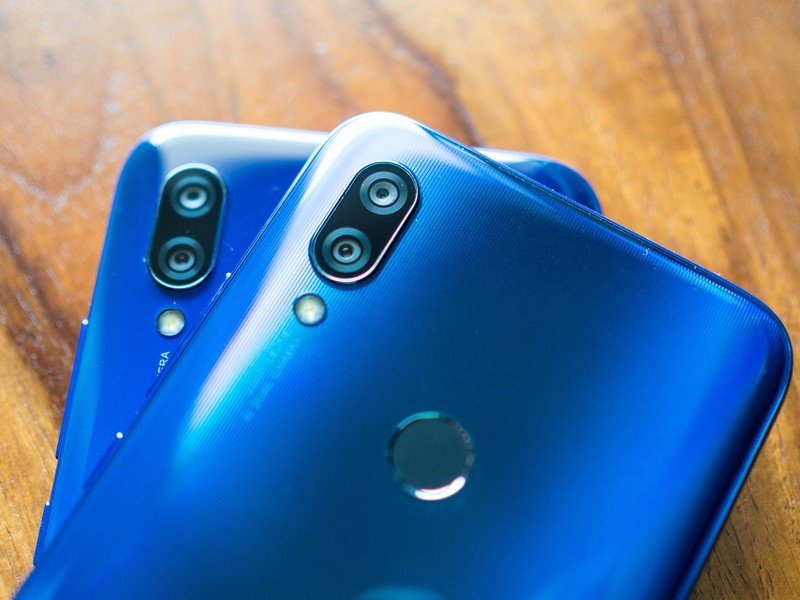
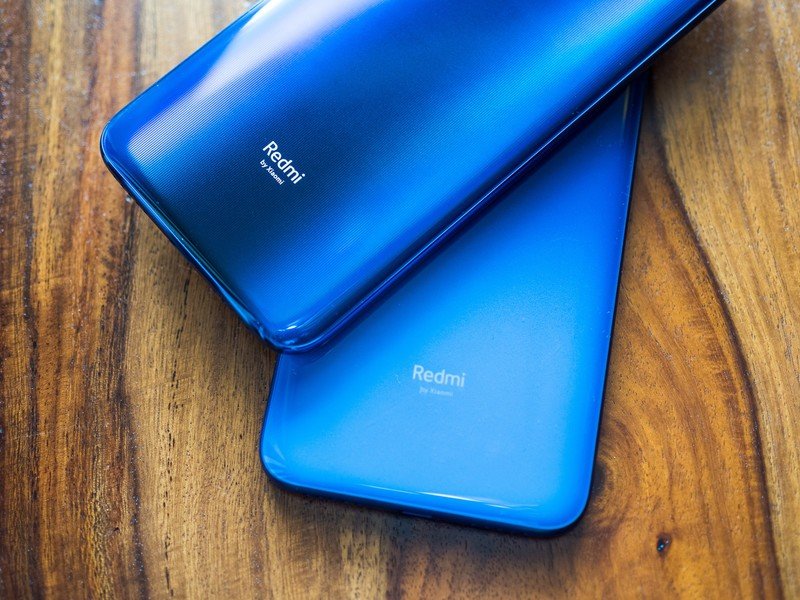
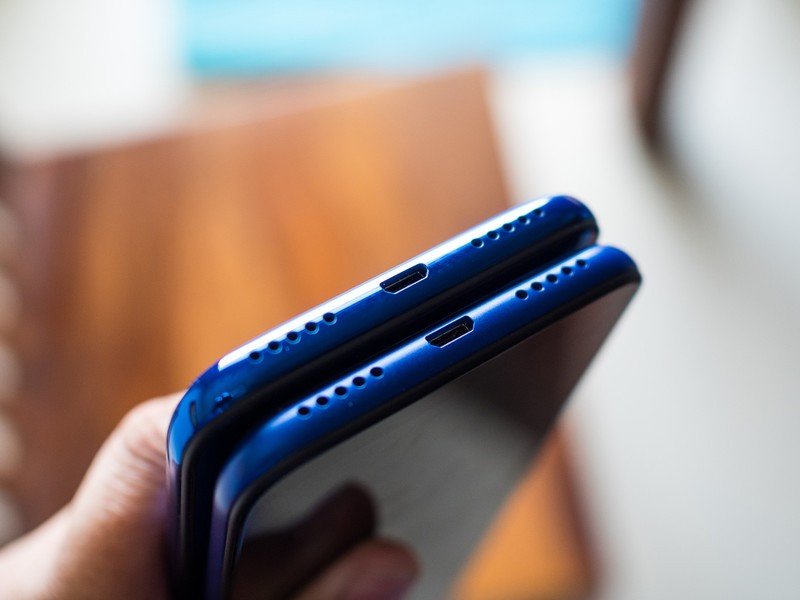
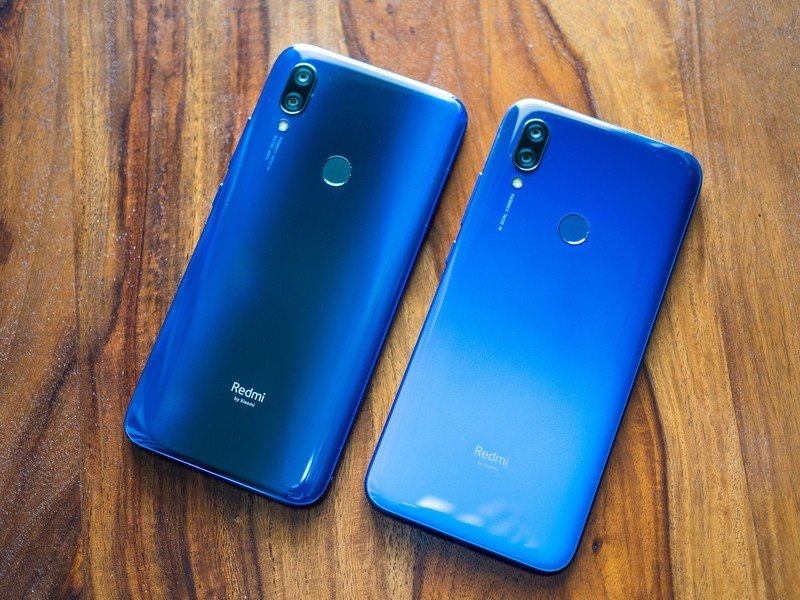
There's a minor design variation as well: the Redmi Y3 comes with an Aura Prism design that sees shifting gradient patterns on the sides. The Redmi 7 has a more subtle Aura Smoke design aesthetic that has a gradual shift in hue from top to bottom.
Unlike the Redmi Note 7 Pro, the Redmi Y3 and the Redmi 7 don't have glass backs — they're instead using a plastic polymer chassis. That should make them more durable, and there's a subtle curve on either device as it meets the mid-frame. The mid-frame is also made out of plastic, and both phones have volume and power buttons on the left. You get IR blasters and 3.5mm jacks on both devices, and they charge over Micro-USB.
These are two of the best-looking entry-level phones around.
Up front there's no way to differentiate both phones — they have identical 6.26-inch displays with waterdrop cutouts, with a small slit at the top for the earpiece. The bottom bezel is also the same width on either device, and they both offer Gorilla Glass 5 protection. Both phones have P2i nanocoating that makes them resilient to the occasional spill of water, but don't mistake that for water resistance.
Both devices feature upgrades in internal hardware that's just as drastic as the design. The phones are powered by the Snapdragon 632 chipset, and come with 12MP + 2MP cameras at the back and 4000mAh batteries. The same 6.26-inch 720p display is used on both devices, and it's one of the best you'll find in the entry-level segment. There's a traditional capacitive fingerprint sensor on the back on either device.
Be an expert in 5 minutes
Get the latest news from Android Central, your trusted companion in the world of Android
The Redmi Y3 and Redmi 7 offer huge performance gains over their predecessors.
The switch to a Snapdragon 632 makes a noticeable difference in day-to-day performance, particularly from the Helio P22 on last year's Redmi 6. Even from the Snapdragon 625 on the Redmi Y2, you'll see a significant uptick in performance — up to 30% in everyday tasks. I've been using either device for just over two days, and they're some of the best entry-level phones when it comes to performance.
The Redmi Y3 will be available in 3GB/32GB and 4GB/64GB variants, with the Redmi 7 sold in 2GB/32GB and 3GB/32GB models. Both devices also come with dual SIM card slots and a dedicated MicroSD slot, as well as dual VoLTE, and Bluetooth 4.2. The one omission on the connectivity front is dual-channel Wi-Fi — neither device will connect to 5GHz networks.
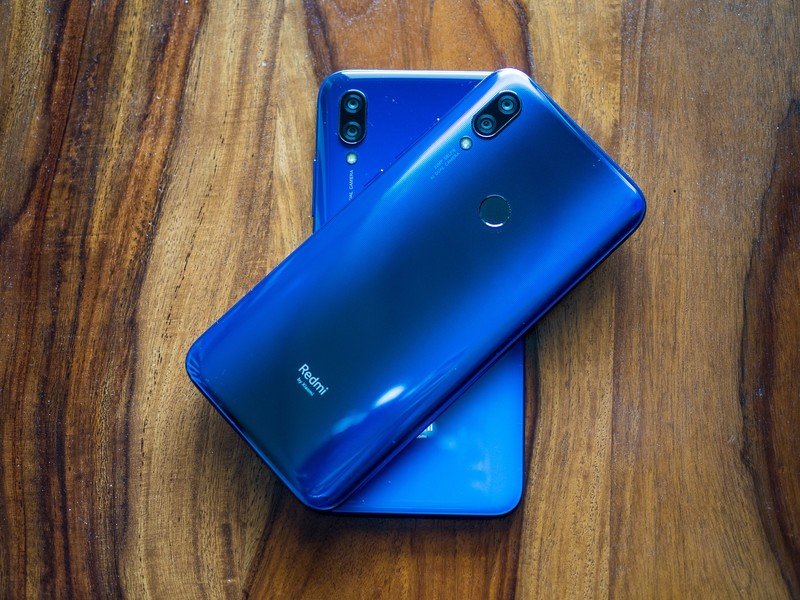
Xiaomi is positioning camera quality as a key differentiator on the Redmi Y3 and the Redmi 7. The rear 12MP + 2MP camera is the same across both phones, and the image quality is a significant jump over last year's devices. The Y3 in particular makes a strong case for the best selfie phone in the sub-₹20,000 segment thanks to its 32MP camera. The sensor on its own is pretty spectacular, but Xiaomi is adding its AI smarts to deliver better portrait mode on the device.
The front camera has a beauty effect enabled out of the box, and you can thankfully disable it. I haven't used the camera enough to share my thoughts on it yet, but as far as initial impressions go the 32MP sensor on the Y3 makes a huge difference. Just taking selfies from both phones side-by-side it's easy to see that the Y3 is the phone to get.
Both phones run MIUI 10 out of the box, but the Redmi 7 is on a newer 10.2.3.0 build with the March security patch whereas the Redmi Y3 is on 10.2.1.0 with the February security patch. MIUI should be immediately familiar if you've used a Xiaomi phone in the last two years, and it has great customization options mixed in with unwanted ads.
Oh, and Xiaomi is also offering 4000mAh batteries as standard on both devices, and that means you'll easily get two days' worth of use. Xiaomi has been the battery leader for some time now, and it's great to see both the Redmi Y3 and Redmi 7 with 4000mAh batteries.
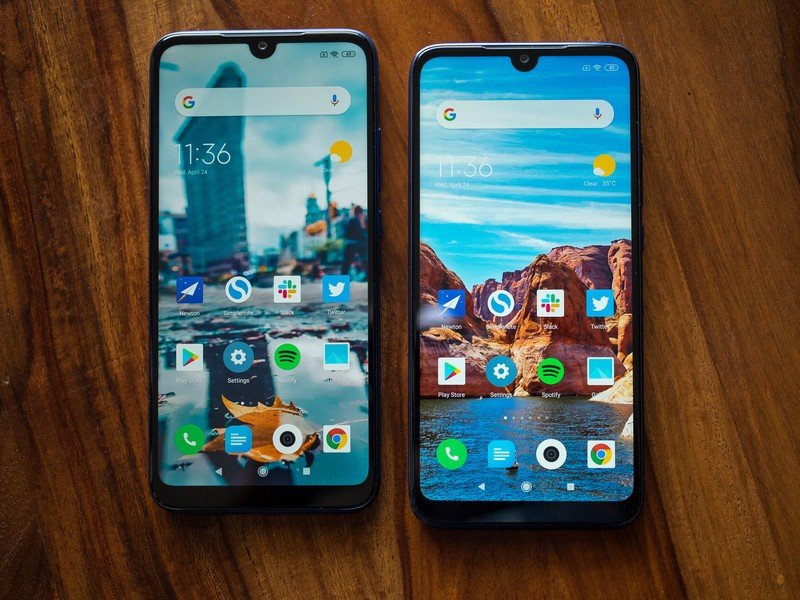
Leave it to Xiaomi to launch two near-identical products and brand them differently, but that's what we have here with the Redmi Y3 and the Redmi 7. The key difference between the two phones is that the Y3 has a 32MP front camera, whereas the Redmi 7 has a more modest 8MP front shooter. There's also a subtle variation in the Aura design, but otherwise they share the same Snapdragon 632 chipset, 12MP + 2MP cameras at the back, 6.26-inch Dot Notch 720p displays, and 4000mAh batteries.
Xiaomi has two more best-sellers on its hands in the Redmi Y3 and the Redmi 7.
The new Aura design makes these some of the best-looking entry-level phones around, and the changes to the internal hardware justifies an upgrade for those rocking the Redmi Y2 or the Redmi 6. To sum it up, Xiaomi has two more best-sellers on its hands in the Redmi Y3 and the Redmi 7.
The Redmi Y3 is set to go on sale in India for ₹9,999 ($145) for the version with 3GB of RAM and 32GB of storage. The 4GB/64GB model will cost ₹11,999 ($170), and the phone will go on sale starting April 30 from Mi.com, Amazon, and Mi Home stores across the country.
The 2GB/32GB Redmi 7 will be available for ₹7,999 ($115), and the 3GB/32GB edition will go on sale for just ₹8,999 ($130). The phone will be on sale from April 29, and like the Redmi Y3 you'll be able to pick it up from Mi Home stores as well as Amazon and Mi.com.
Considering the hardware on offer with both devices, you're essentially paying a premium for that 32MP front camera on the Redmi Y3. Whether it's worth it is entirely down to you, but what's clear is that both phones allow Xiaomi to maintain its momentum in the entry-level segment. I'll have much more to share about either device in the coming weeks, but in the meantime, what do you make of the Redmi Y3 and the Redmi 7?

Harish Jonnalagadda is Android Central's Senior Editor overseeing mobile coverage. In his current role, he leads the site's coverage of Chinese phone brands, networking products, and AV gear. He has been testing phones for over a decade, and has extensive experience in mobile hardware and the global semiconductor industry. Contact him on Twitter at @chunkynerd.
